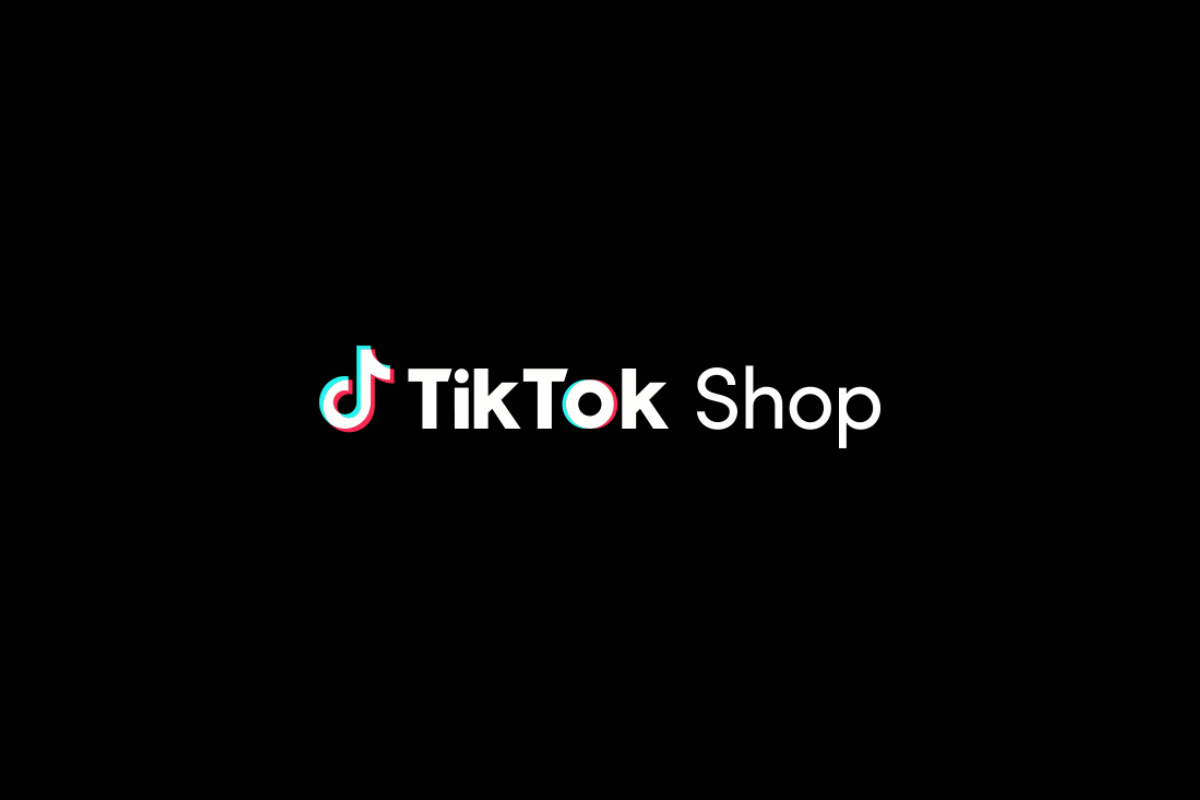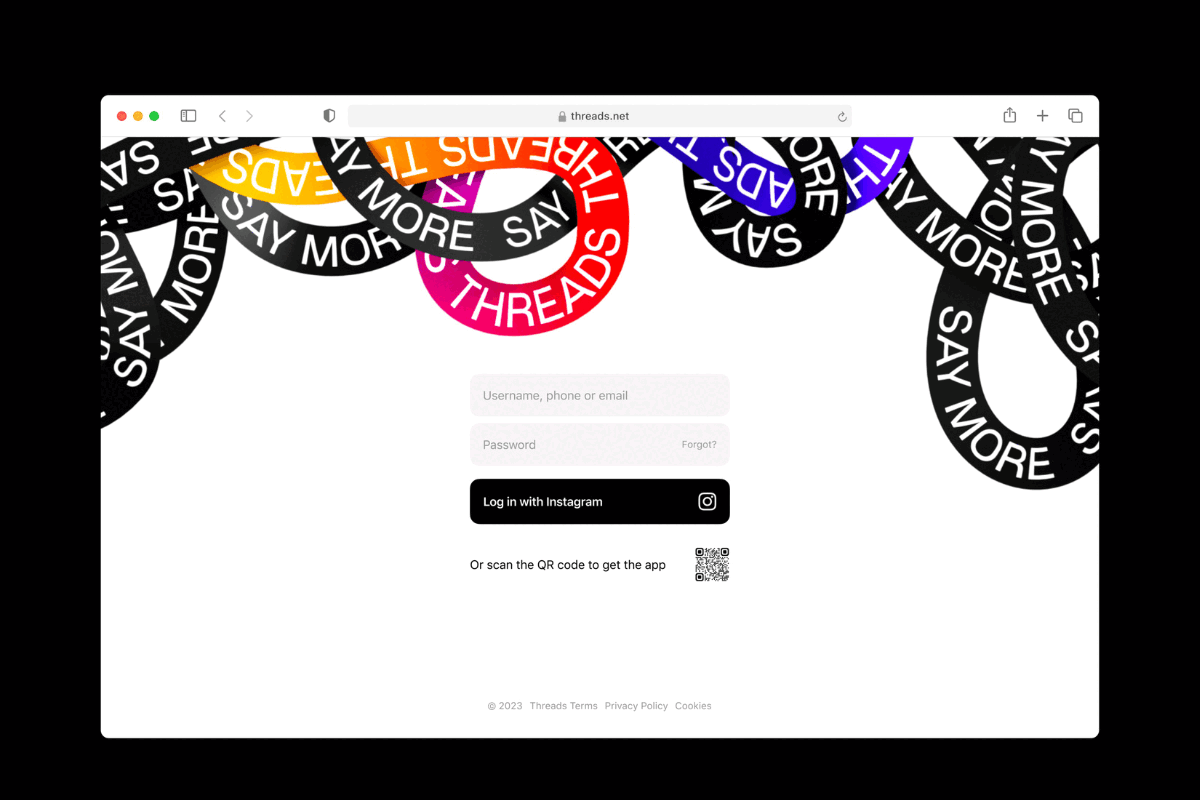 One of the biggest outcomes of the COVID-19 pandemic has been the rapid growth in eCommerce. Total online sales growth in the UK rose by 36.6 per cent year-on-year in 2020 – the largest growth seen since 2007, according to data from the IMRG Capgemini Online Retail Index.
One of the biggest outcomes of the COVID-19 pandemic has been the rapid growth in eCommerce. Total online sales growth in the UK rose by 36.6 per cent year-on-year in 2020 – the largest growth seen since 2007, according to data from the IMRG Capgemini Online Retail Index.
However, the latest digital marketing buzzword is Social Commerce (sCommerce). If you’re an eCommerce brand, you’ve probably already heard of it and if you haven’t, we’re here to tell you why you should.
sCommerce is the process of selling products directly through social media sites. Unlike eCommerce, which refers to a shopping experience through a dedicated brand’s website or app, sCommerce allows users to spot an ad through a social app such as Facebook, click ‘buy’ and be taken directly to the checkout. Once the purchase is complete, they can then continue to enjoy the social media app they were using.
Social media giants including Instagram, TikTok and WeChat have embraced sCommerce and brands are reaping the benefits.
Growing at a 31.4 per cent compound annual growth rate between 2020 and 2027, the global sCommerce market is estimated to expand to $604.5bn (£434.55bn) by 2027, according to Business AM Live.
According to a study by Stock Apps, 15 per cent of eCommerce companies worldwide are already selling on social media while 25 per cent are planning to start.
So, what makes sCommerce so appealing?
Shopping on social media allows for a much smoother checkout. Statistics show that 35 per cent of shoppers abandon their cart when a website asks them to create an account and 27 per cent think the checkout process takes too long or is too complicated (source: ReadyCloud). sCommerce simplifies the process, taking the customer directly to the checkout with their item of choice.
As the above figures show, sCommerce can bring in some serious revenue. According to a survey of 21,000 people aged between 13-64 who used Instagram at least once a week, 83 per cent said they used the app to discover new products and services. After seeing a product they liked, 31 per cent then followed the brands account online, making them more likely to purchase from them again in the future (source: Facebook for Business).
Perhaps most importantly, sCommerce provides an instant focus group for brands. Users ‘liking’ and ‘sharing’ items, tagging their friends, and leaving reviews provides instant feedback. Brands also have clear data of exactly who their customers are and can communicate with them via commenting or direct messaging. They are then able to target their prime audience with specific, tailored products, in a way that traditional eCommerce and marketing cannot.
Tommy Torjesen, Founder of Cavai, agrees: “Quite simply, brands need to create experiences that people enjoy and engage with. The key to successful social commerce lies in two things: Trust and user-centricity. With an increasing focus on privacy and new data protection laws coming into play such as GDPR, people are in more conscious control of their own data, which has heightened consumer confidence.
“When it comes to user-centricity, social commerce encourages people to connect with a business in a more personalised way – and a more familiar setting – which reduces friction. Wrapping this in a conversational ad format, should be a compelling concept to most brands.”
With stores closing during the COVID-19 pandemic, sCommerce offered users a social aspect to online purchasing. Shopping on social media apps allows consumers to consult with their friends on purchases, tag one another in things they might like and review products with other shoppers, making for a much more interactive experience.
“Enormous changes to our lifestyles – some of which have resulted from the pandemic – have meant that consumer journeys have changed, often profoundly, in recent months. Many of these shifts will become permanent; with consumers spending more time than ever on digital channels, on their phones and social platforms. As social media and e-commerce play a growing role in our lives, its no surprise that the two are merging,” says Commercial Director at Audience Store, Danny Haynes.
Which social media platforms are leading the way with sCommerce and how are they doing it?
One of the first glimpses of sCommerce was the Facebook Marketplace, introduced in 2016. Similar to eBay, it allowed users to wheel and deal their belongings, even including a ‘buy’ button.
Last year, perhaps accelerated by the pandemic, Facebook announced the launch of ‘Shops’ across Facebook and Instagram. Businesses can now create a digital storefront on Facebook, where they can import an existing catalogue of products from their website or create one from scratch. Colours and fonts can be customised and shoppable ads released. Users can bookmark their favourite shops, opt into notifications and even be part of loyalty schemes.
A survey by eMarketer found that 18.3 per cent of US adults made a purchase through Facebook in 2020 with the average spend being $55 (£39.58). Brands that sell their products through social media know that users are less likely to make an instant impulse purchase on a very expensive item, therefore usually sell items no more than $100 (£71.96).
According to Smart Insights, one in four business owners are now selling through Facebook.
Instagram has a history as an eCommerce friendly platform but the introduction of sCommerce took it to a whole new level. The power of the platform lies within its ad content, which is highly visual and attractive to users.
Thanks to a clever algorithm, users home feeds are also tailored to their likes and dislikes. Brands and products that the platform thinks the user will like surface as soon as they open the app, turning Instagram into a personalised, curated shopping experience.
The platform recently announced the global rollout of Instagram Shopping across IGTV (a long-form, immersive video) and said they will start testing shopping on Instagram Reels. The introduction of Instagram Shopping for IGTV means that businesses and creators will be able to tag shoppable products directly in their IGTV videos, making it even easier for users to be taken directly to the checkout.
A study by Hootsuite showed that Instagram now has over 1bn users – 130m of those users tap on shopping posts every month and 50 per cent have visited a website to make a purchase after seeing a product or service.
App Annie recorded more than 9.6bn global downloads of social media apps in 2020. The time spent per user also saw a huge increase in the most used apps, up to 325 per cent growth year-on-year.
“The pandemic caused an evolution in retail that has spurred the growth of social commerce. Brands are embracing social media platforms to create interactive experiences, reach new audiences and revamp their strategies to engage consumers. Research estimates show that social commerce and live shopping could present a $2 trillion market globally by 2024.” says Head of Marketing Insights at App Annie, Lexi Sydow.
TikTok stood out as the most popular social platform of 2020. It’s no wonder, therefore, that they are leading the way with social commerce.
According to the research data analysed and published by Comprar Acciones, TikTok was the top-grossing non-game mobile app globally in January 2021. Users spent $128m (£92.11m) on the app, up by 380 per cent from its January 2020 revenue.
In October, TikTok announced a global partnership with Shopify. With over 1m merchants, the collaboration allowed Shopify to reach a younger audience and drive sales.
Brands can now create shareable content that turns their products into In-Feed video ads on TikTok. This allows them to target their audience across age, gender, user behaviour and video category – they can also track their campaigns performance over time.
“Gen Z like fast and frictionless online experiences… All the social platforms are going full steam ahead to offer the easiest solution. What sets TikTok apart is their algorithm and default For You feed. Not only does it allow anyone to go viral, it sets its users up with a discovery mindset. Ads blend into the rest of the content and users are open to them” says Co-Founder of Vamp, Aaron Brooks.
TikTok believes that the path to purchase is not linear, and strongly encourages brands to make TikTok videos, not ads. A product that goes viral on TikTok can sell out for months at a time.
“Our 100m-strong, highly engaged community across Europe is constantly trading tips and advice on the latest products through the lens of joy and creativity. Trending hashtags like #tiktokmademebuyit have attracted more than 2bn views, with people and creators sharing their life-changing purchases inspired by TikTok. Within this, brands are not bystanders, they are an important part of the TikTok experience and our community loves engaging with the brands theyre passionate about and who can tap into the big trends of the day – creating a community commerce experience on the platform” says Marketing Product Lead at TikTok, Samer Ragheb.
Another social media app using sCommerce to their advantage is Pinterest.
Last year the platform also joined forces with Shopify and has now expanded the partnership to 27 new countries to boost social commerce globally. In the past year, Shopify has seen high growth in the UK market with the number of new store creations on Shopify increasing 116 per cent vs. 2019, making it a desirable partnership for social platforms.
Through Pinterests shoppable Product Pins feature, more than 1.7m Shopify merchants around the world have an easy way to bring their products to the platform and be discovered by consumers.
Merchants advertising on Pinterest through Shopify now have access to Dynamic Retargeting for the first time, allowing sellers to re-engage with consumers who have already expressed an interest in their products on the site.
“We think shopping is about more than just searching for a singular product – it’s about inspiring new ideas and finding things you didn’t even know you wanted. This last year has resulted in an all-time high for eCommerce, and while brick-and-mortar shops are reopening in some parts of the world – including the UK – these new shopping behaviours have marked consumption habits in the long term,” says Head of Growth and Shopping Product at Pinterest, Dan Lurie.
“At Pinterest we’re focused on making shopping as inspirational as possible, just like browsing the aisles of your favourite shops, where it feels like everything’s been handpicked for you. Looking ahead, our vision for shopping is to make it possible to buy anything you see on Pinterest or get personalized recommendations for something just like it.”
Research by Omnicore shows that 77 per cent of weekly users have discovered a new brand or product on Pinterest, with 50 per cent having made a purchase after seeing a promoted pin. Global revenue of Pinterest Q2 2020 $272m (£195.52m) with a 4 per cent growth year-over-year.
While social commerce steadily grows in popularity around the world, China remains ahead of the game.
According to research by eMarketer, retail sCommerce sales in China will grow to $242.41bn (£174.18bn) this year, accounting for 11.6 per cent of total retail eCommerce sales in the country.
WeChat remains the top social media messaging app and has been using sCommerce as far back as 2018. WeChat Stores were introduced first as an easy way for brands to start selling through the app. The app then introduced the extremely popular WeChat Mini Programmes – essentially apps that function within the ecosystem.
Today there are over 700m monthly active users of WeChat Mini Programs. While most WeChat Mini Programs are games, the second-largest category in eCommerce. In 2020, more than 100m people purchased in shopping malls and department stores on WeChat Mini Programs (source: China Internet Watch).
The “Shopping List” feature was created in 2018 to allow users to centrally manage orders and shopping carts that they have scattered amongst different WeChat Mini Programme stores. The following year, the app launched a new feature called ‘Good Product Circle’, allowing users to see what other people are purchasing. There are three different categories: “recommended products”, ‘everyone bought” and “circle group” – a private group where users can share products with their friends.
Other apps are quickly catching up with sCommerce, in a bid to stand out against these larger tech rivals.
For instance, Snapchat has long been using augmented reality to allow it’s 229m users to share lens-altered selfies. Last year, they introduced ‘shoefies’, which enabled users to digitally try on shoes and then shop for them – a useful addition to its armoury when physical stores were closed.
Arguably the most successful online selling platform in existence, Amazon also caught up with the sCommerce trend last year by introducing Amazon Live. Hosts and guests can now interact with shoppable products – a number of lifestyle videos have also been introduced where consumers can pick from a range of categories such as ‘Get Fit’ and ‘Recipes’.
YouTube made a similar move with the introduction of YouTube Live – now allowing creators to tag and track product features in their videos. According to Bloomberg, a Shopify integration is also being explored.
So it looks like social commerce is here to stay and brands and the partners they work with are looking to leverage the opportunity. As Impact Marketing Director EMEA, Owen Hancock, puts it:: “Recruiting new social partners and then tracking the sales they drive, seamlessly, are the fundamentals we see behind social commerce. That said we know the next big social platform is always just around the corner. Consumers will naturally migrate to find the next community as their previous experience becomes bloated – so for us, building flexible solutions that can incorporate social concepts that don’t even exist yet, is part of our ongoing approach.”

















